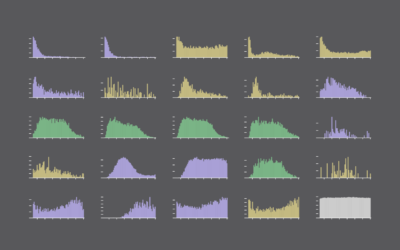Rubin Observatory releases first imagery of the night sky at enormous scale

The Vera C. Rubin Observatory, jointly funded by the National Science Foundation and the Department of Energy’s Office of Science, released its first large scale image of the Southern Hemisphere sky. It is a sample of the 500 petabytes of data scheduled to be collected over the next ten years.
Rubin Observatory will also be the most efficient and effective Solar System discovery machine ever built. Rubin will take about a thousand images of the Southern Hemisphere sky every night, allowing it to cover the entire visible Southern sky every three to four nights. In doing so, it will find millions of unseen asteroids, comets and interstellar objects. Rubin will be a game changer for planetary defense by spotting far more asteroids than ever before, potentially identifying some that might impact the Earth or Moon.
The amount of data gathered by Rubin Observatory in its first year alone will be greater than that collected by all other optical observatories combined. This treasure trove of data will help scientists make countless discoveries about the Universe and will serve as an incomparable resource for scientific exploration for decades to come.
The above image of the Trifid and Lagoon Nebulae is a collection of 678 images captured over seven hours.
Data collection is high enough in granularity to track asteroids we never knew about:
Check out the zoomable version of the full release. It feels like the detail keeps going. Science!
(Thanks, Jim)
Become a member. Support an independent site. Get extra visualization goodness.
See What You Get




